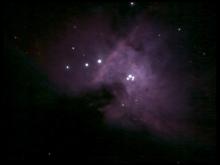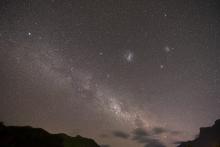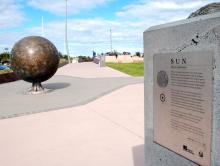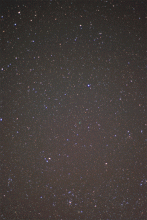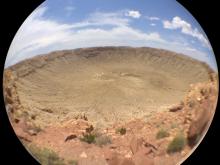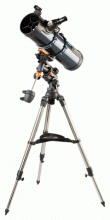Astrophotography with Mac OS X
Posted by cafuego on Sunday 5 February 2017.It's been a good three years now since I swapped my HP laptop for a Macbook Pro. In the mean time, I've started doing a bit more astrophotography and of course the change of operating system has affected the tools I use to obtain and process photos.
Amateur astronomers have traditionally mostly used Windows, so there are a lot of Windows tools, both freeware and payware, to help. I used to run the freeware ones in Wine on Ubuntu with varying levels of success.


